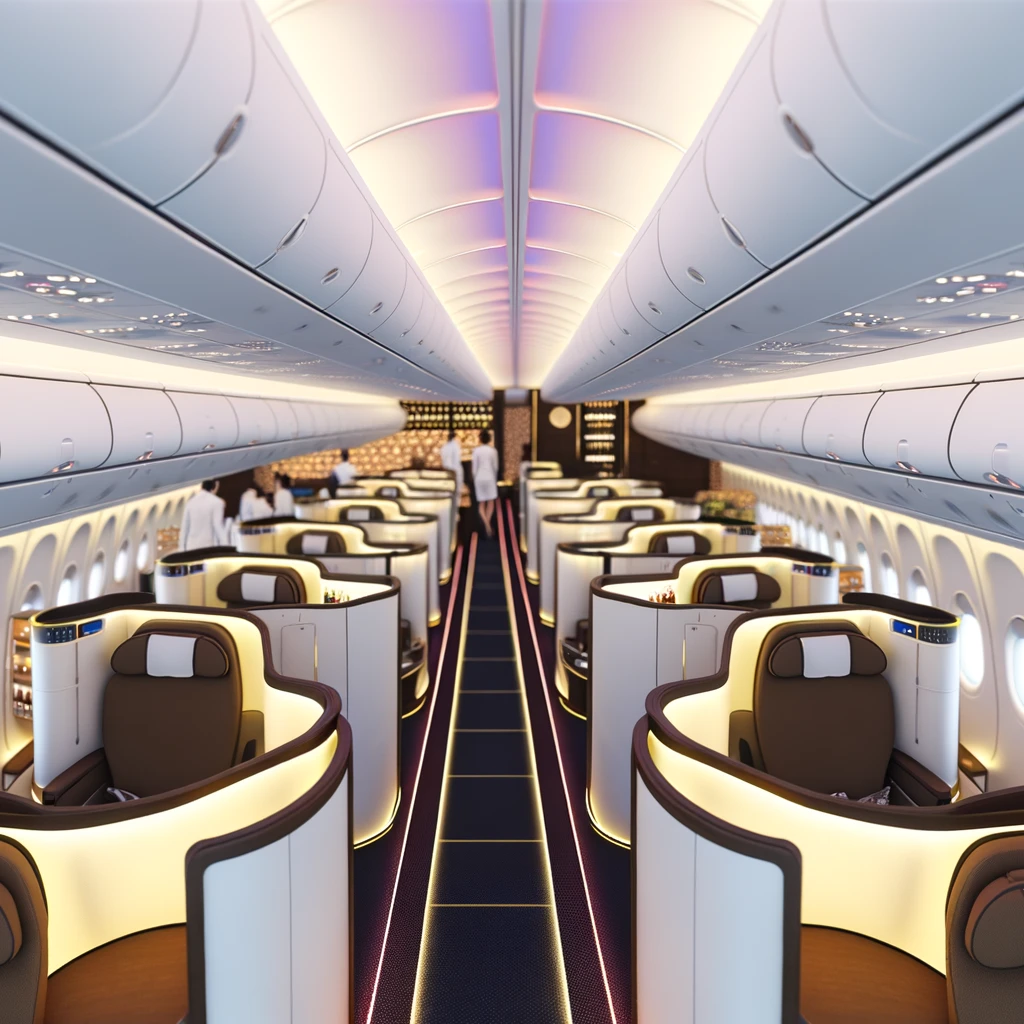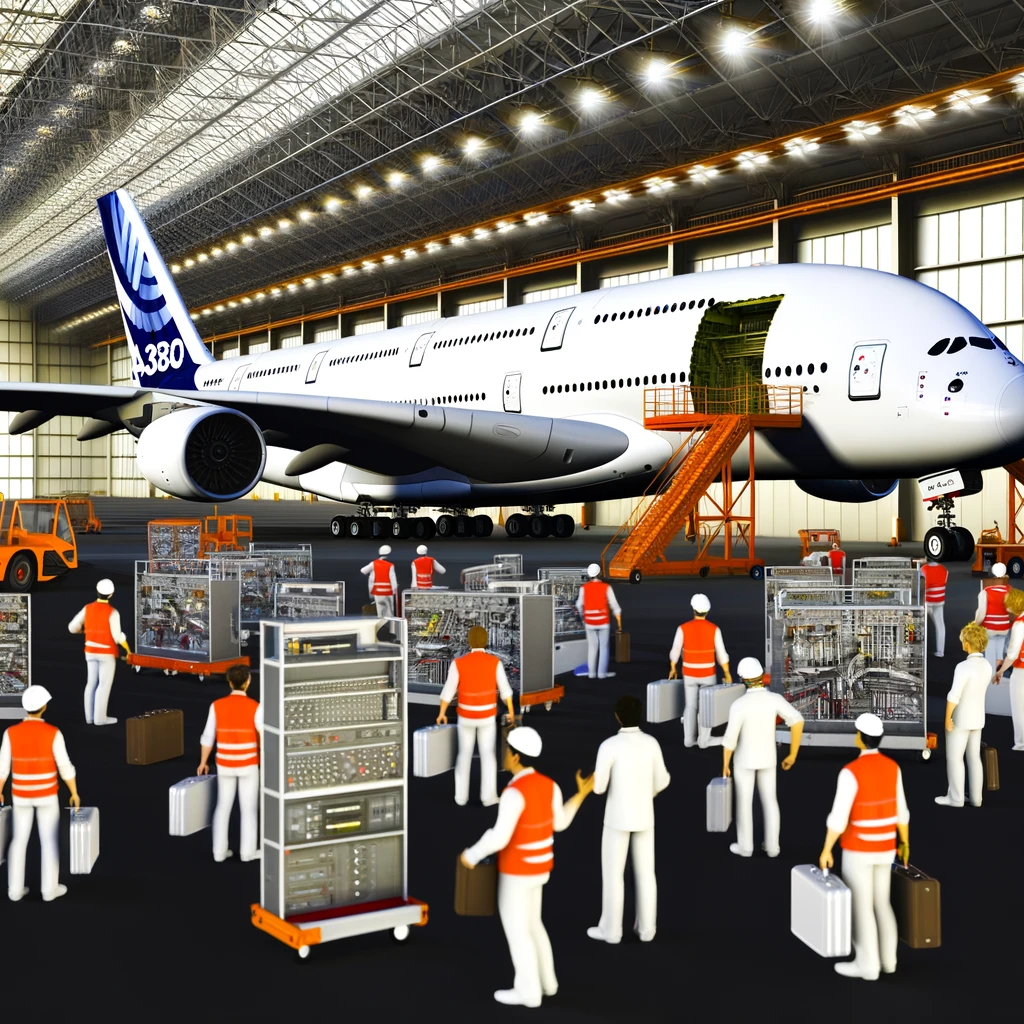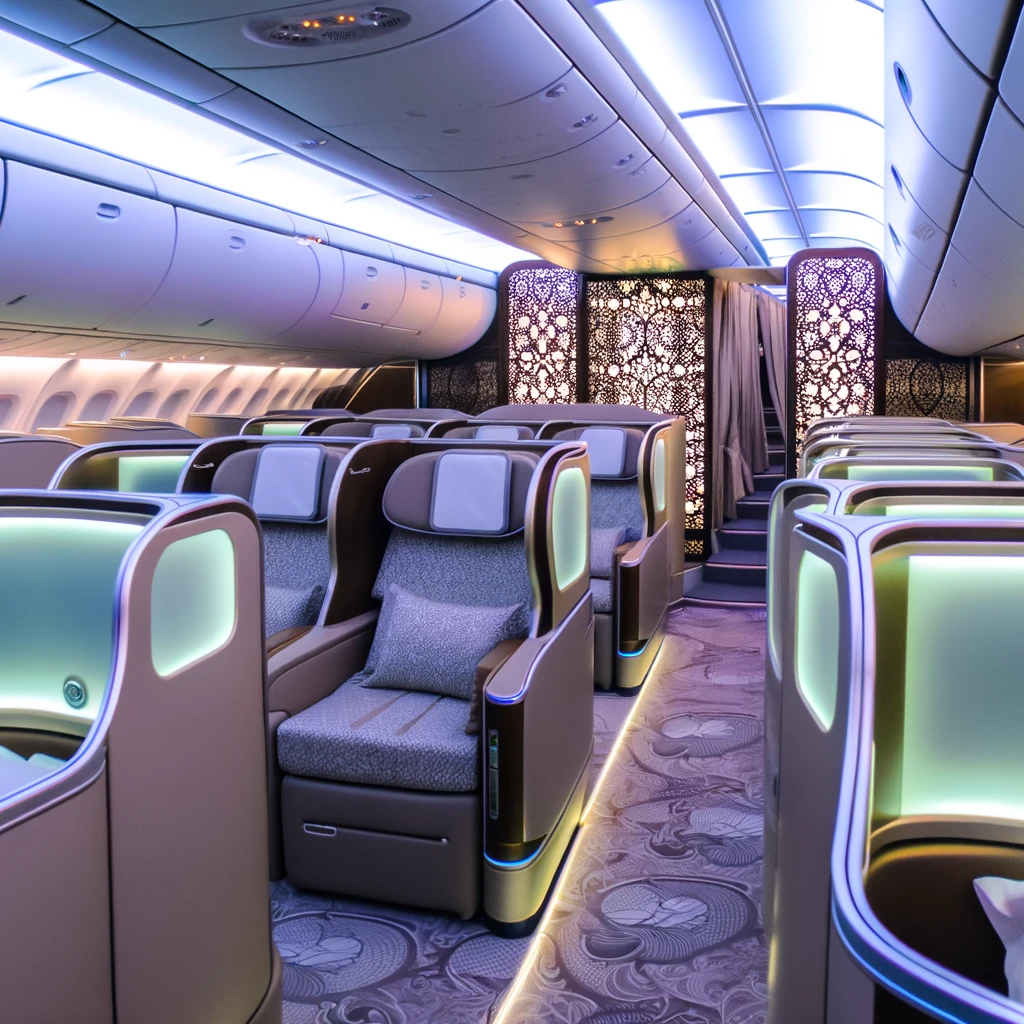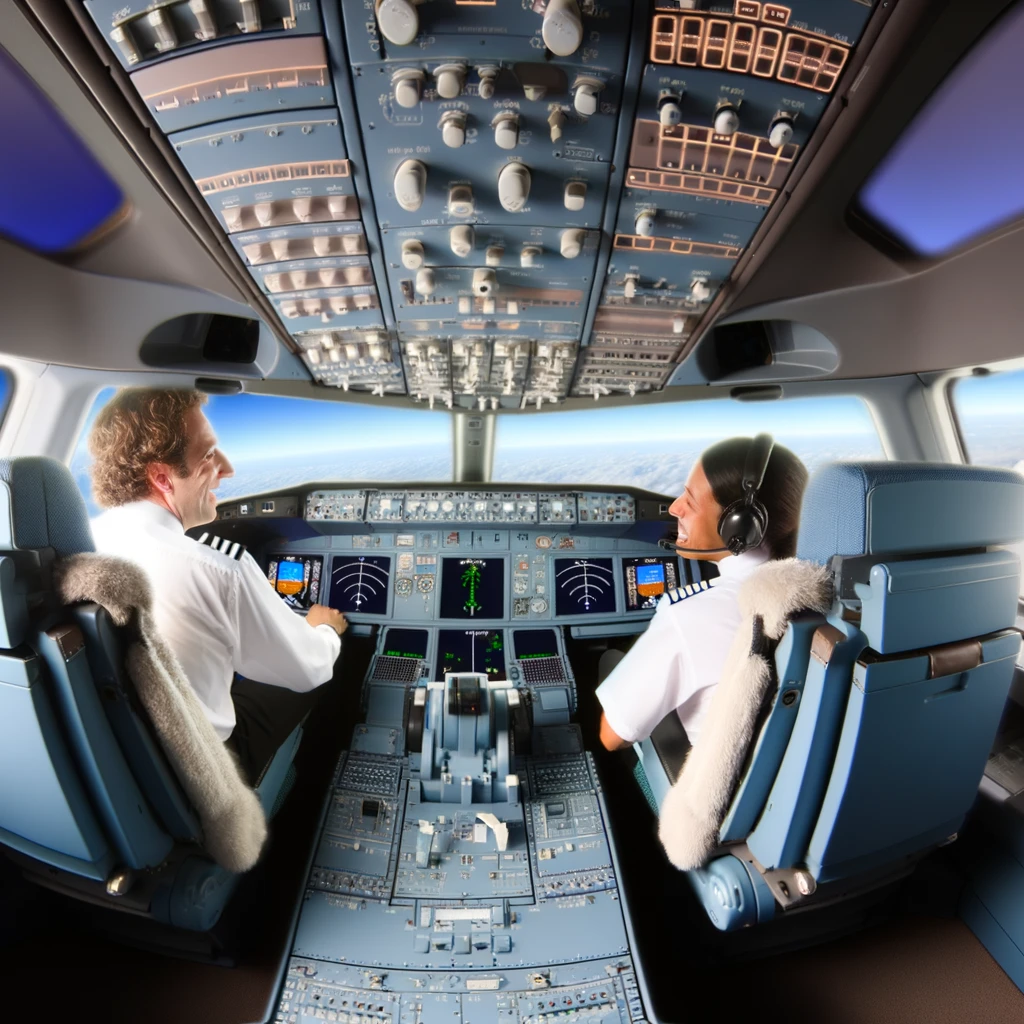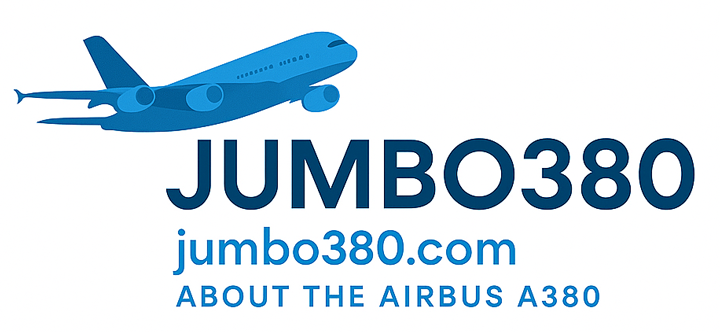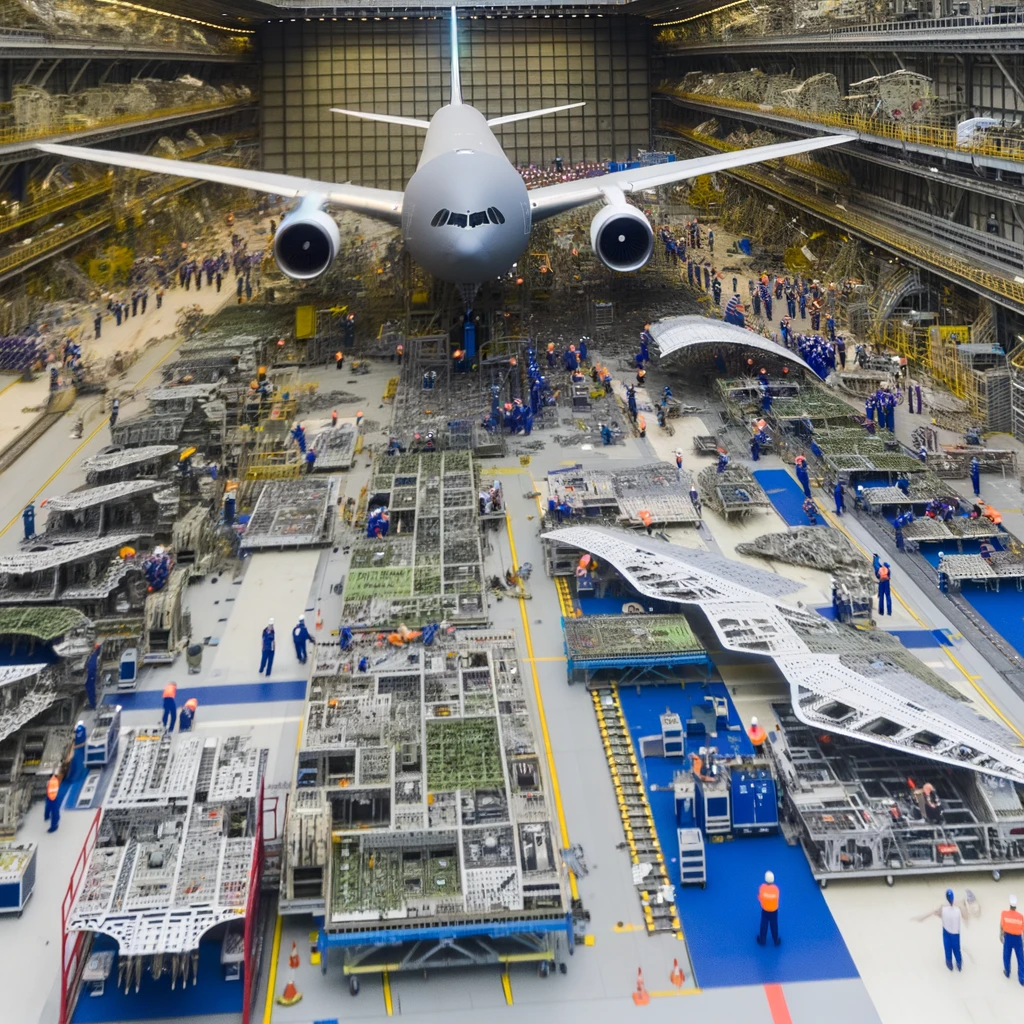
Behind the Scenes: The Manufacturing Marvel of the Airbus A380
The Airbus A380, often heralded as the pinnacle of modern aviation engineering, stands as the largest passenger airliner in the world. Its construction is nothing short of a marvel, encapsulating years of innovative design and technological advancements. Join us as we delve into the meticulous process that brings this giant of the skies to life.
The Genesis of a Giant
The journey of the Airbus A380 begins long before its physical assembly. Conceptualized in the early 1990s, the A380 was envisioned to meet the growing demand for air travel in the 21st century. The goal was to create an aircraft capable of carrying more passengers over longer distances, with reduced environmental impact.
Engineers and designers at Airbus faced the challenge of balancing size with efficiency, leading to innovative solutions in aerodynamics, materials science, and avionics. The result was a revolutionary design that would reshape the future of air travel.
The Manufacturing Process
The construction of the Airbus A380 is an international effort, involving multiple countries and thousands of skilled workers. The process begins with the manufacturing of individual components at various facilities across Europe, including France, Germany, Spain, and the United Kingdom.
Component Manufacturing
Each section of the A380 is produced in specialized plants. Wing components are crafted in Broughton, UK, and Bremen, Germany, while the fuselage sections are manufactured in Hamburg, Germany, and Saint-Nazaire, France. The vertical tail fin comes from Stade, Germany, and the horizontal tail plane from Getafe, Spain.
Assembly in Toulouse
Once the components are manufactured, they are transported to the final assembly line in Toulouse, France. This journey involves a complex logistics network, including specially designed A300-600ST Beluga transport aircraft, ships, and trucks, to accommodate the oversized parts.
In Toulouse, the components are meticulously assembled by highly skilled technicians. Each stage of assembly is subject to rigorous quality control checks to ensure the aircraft meets the stringent safety and performance standards set by Airbus.
Integration of Advanced Technologies
The Airbus A380 incorporates cutting-edge technologies, making it one of the most advanced aircraft in operation. From its lightweight composite materials to its state-of-the-art avionics, every aspect of the A380 is designed to enhance efficiency and passenger experience.
Environmental Considerations
Despite its size, the A380 is designed with sustainability in mind. Advanced aerodynamics, fuel-efficient engines, and noise-reduction technologies contribute to a significantly lower environmental footprint compared to previous generations of large aircraft.
The Human Element
Behind the technological marvel of the Airbus A380 is a dedicated workforce. The assembly process relies on the expertise of engineers, technicians, and craftsmen who bring decades of experience to the table. Their commitment to precision and quality is evident in every aircraft that rolls off the assembly line.
The Future of the Airbus A380
Though production of the A380 has ended, its legacy continues. The innovations developed for the A380 have influenced new aircraft designs and will continue to impact the aviation industry for years to come. As the world moves towards more sustainable air travel solutions, the lessons learned from the A380 project will be invaluable.
The Airbus A380 remains a testament to human ingenuity and the limitless possibilities of engineering. It is not just an aircraft; it is a symbol of what can be achieved when vision, innovation, and teamwork come together.
Related Articles
